• Adenovirus Service • AAV Service • Lentivirus Service • Retrovirus Service



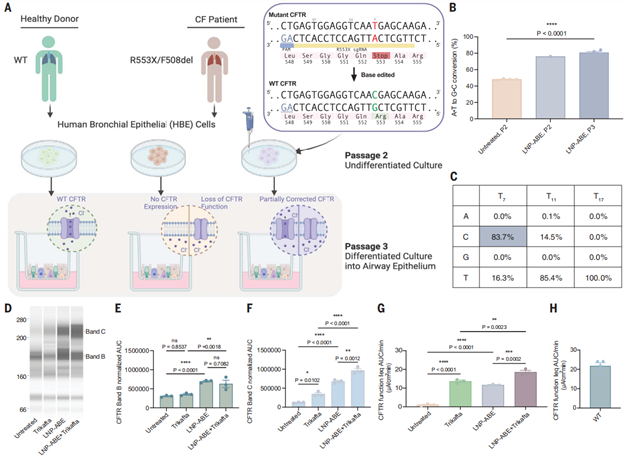
In vivo genome correction is expected to produce lasting disease cures. However, effective stem cell editing remains challenging. In a new study, researchers from the University of Texas Southwestern Medical Center, Case Western Reserve University School of Medicine and ReCode Therapeutics have developed a method to deliver gene editing tools into the lungs to repair CFTR gene defects associated with cystic fibrosis. In the process, they overcame problems that have hindered previous therapies and believe that their method will soon be able to be used to treat human patients. The relevant research results were recently published in the journal Science, with the title "In vivo editing of lung stem cells for durable gene correction in mice".
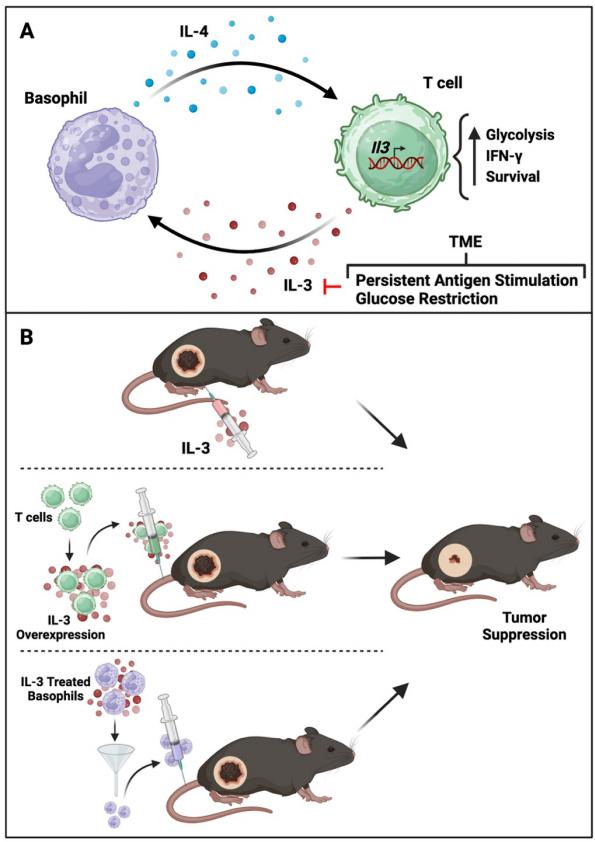
The ecosystem surrounding a tumor, also known as the tumor microenvironment, includes immune cells, tissues, blood vessels, and other cells that interact with each other and with tumor cells. Over time, tumors shape this ecosystem in their own interests, monopolizing all nutrients and protecting them from the host's immune attack. In order to better understand the role of the ecosystem in cancer risk, occurrence, and treatment.
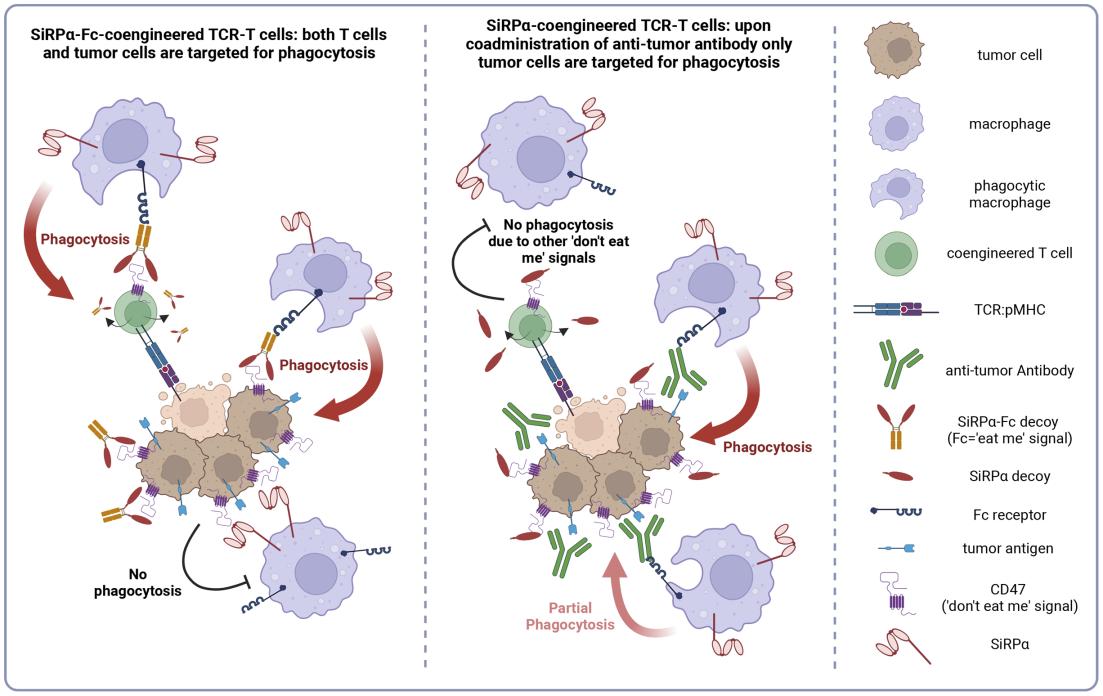
In a new study, researchers from the Ludwig Cancer Research Center have developed a new type of immunotherapy that uses a two-pronged approach to attack solid tumors to enhance the immune system's ability to target and eliminate cancer cells. The relevant research results were published in the Journal of Clinical Investigation. The paper is titled "Combining SiRPα decoy-coengineered T cells and antibodies augments macrophage-mediated phagocytosis of tumor cells."
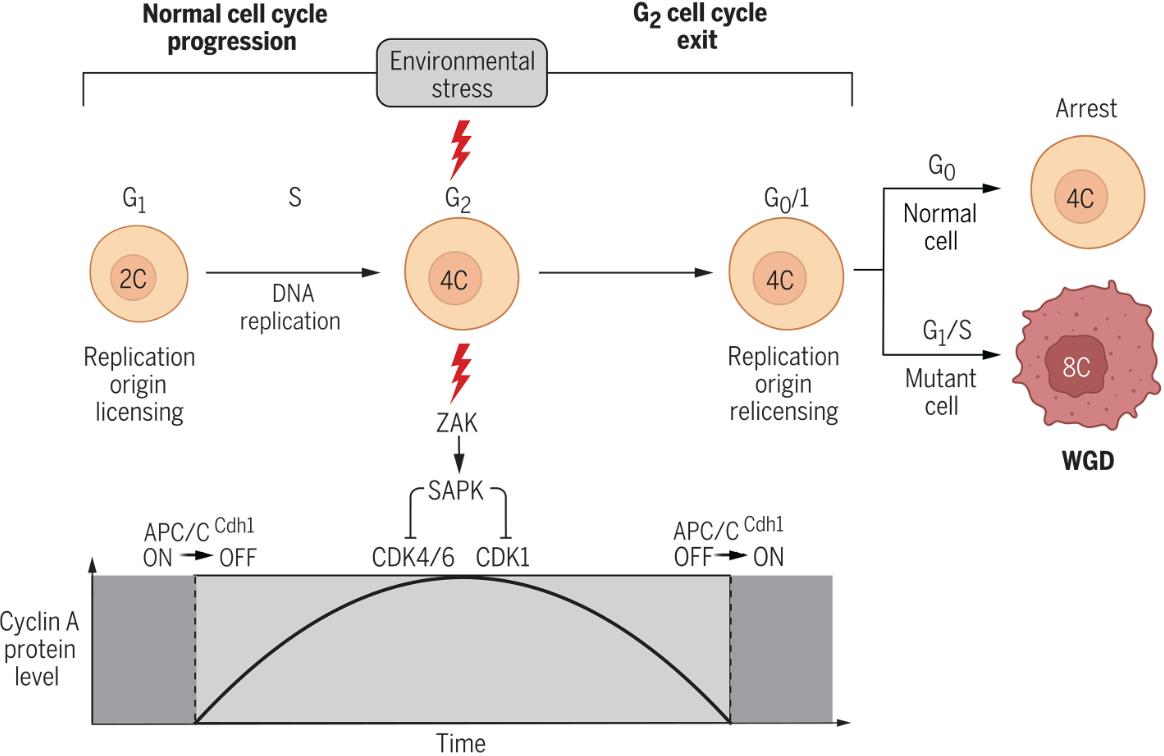
In a new study, researchers from the Johns Hopkins University School of Medicine used human breast and lung cells to map a molecular pathway that tricks the cells into taking a dangerous path. That is, making too many copies of their genome, which is a characteristic of cancer cells. The discovery sheds light on what can go wrong when a group of molecules and enzymes trigger and regulate what's called the cell cycle. They believe their findings could be used to develop therapies that interrupt cell cycle disorders and potentially halt cancer growth. Relevant research results were recently published in the journal Science. The paper is titled "CDK4/6 activity is required during G2 arrest to prevent stress-induced endoreplication".
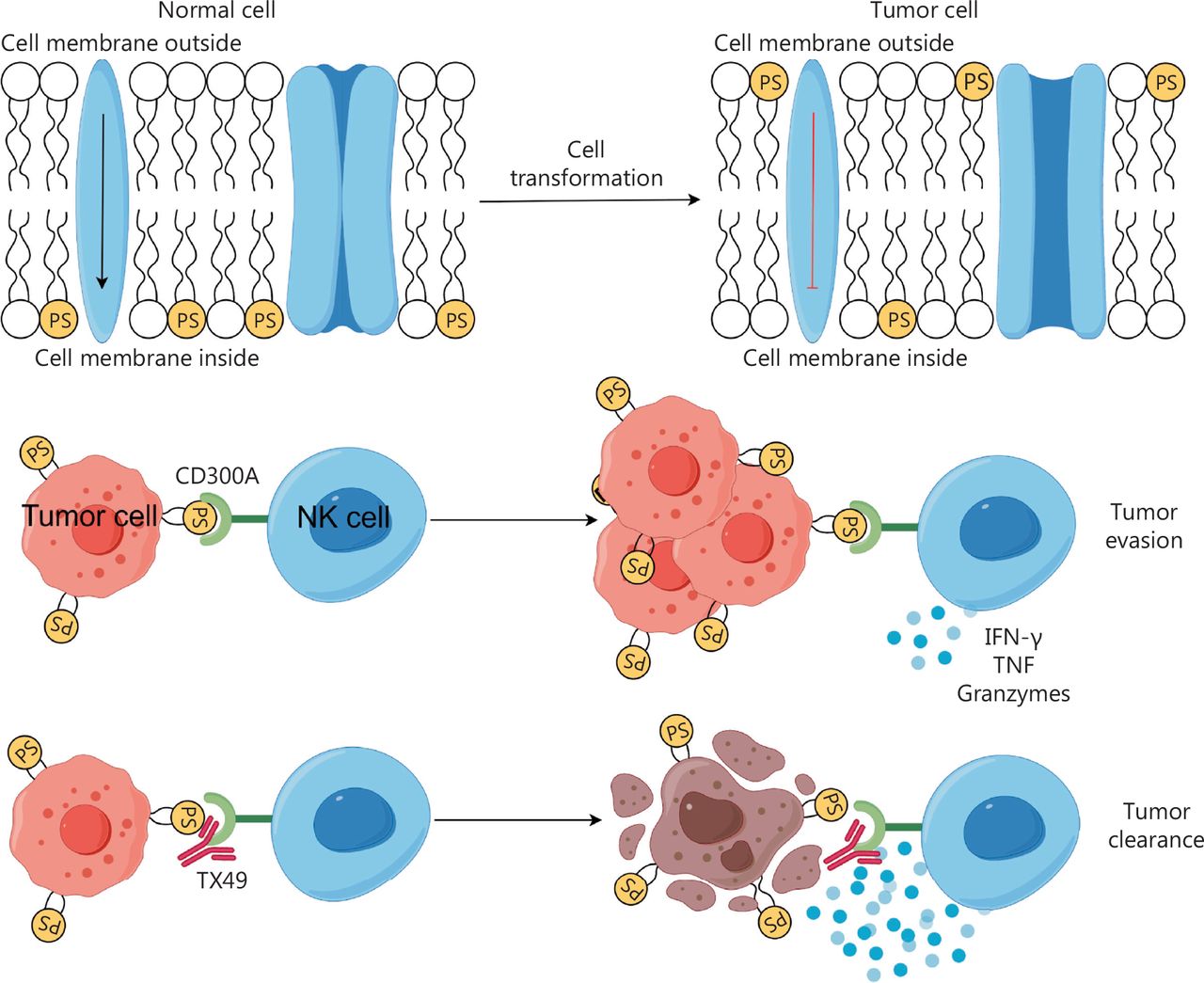
Cancer has a profound impact on human life, and immune checkpoint therapy (ICT) has made significant progress in cancer therapy. However, ICT will face various consequences, such as lower overall response rate and immune-related adverse events. To overcome these obstacles, researchers have been exploring novel immune checkpoints. CD300A is a type I transmembrane protein that carries an immunoreceptor tyrosine-based inhibitory motif. It can serve as a potential immune checkpoint and negatively regulate the function of NK cells through its interaction with phosphatidylserine.
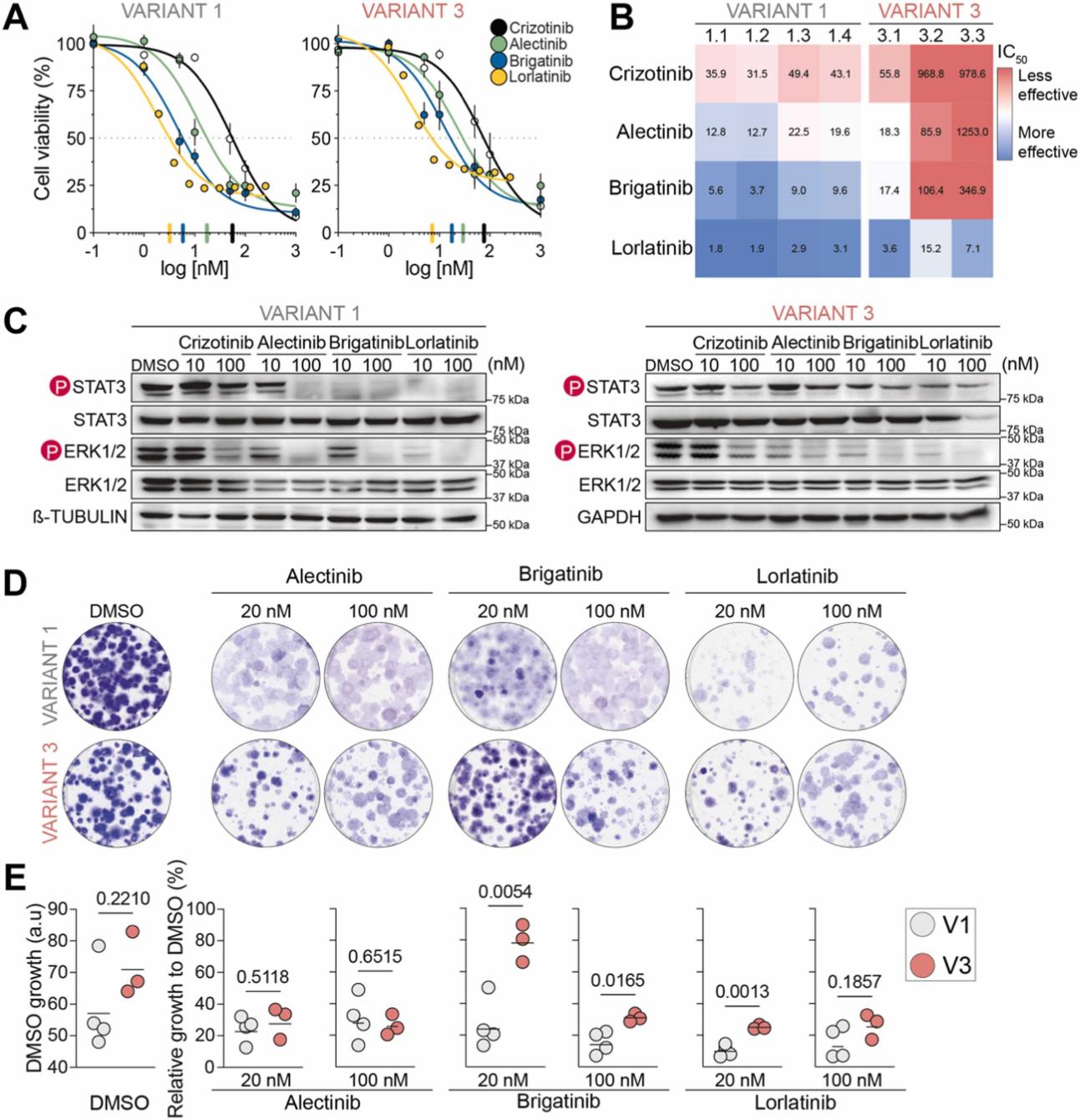
A specific genetic change called an ALK fusion causes non-small cell lung cancer (NSCLC) in some patients. This abnormality causes the ALK protein to be overactive. These tumors can be treated with ALK inhibitors, but the cancer cells quickly develop resistance. Now, in a new study, researchers from the German Cancer Research Center have demonstrated in mouse and human tumor cells that simultaneous treatment with ALK and SRC inhibitors can improve the therapeutic response of lung cancer cells and delay the development of drug resistance. This combination therapy, which strongly interferes with the protein composition of cancer cells, could improve clinical outcomes in some forms of non-small cell lung cancer. Relevant research results were recently published in Drug Resistance Updates. The paper is titled "Concurrent inhibition of ALK and SRC kinases disrupts the ALK lung tumor cell proteome."
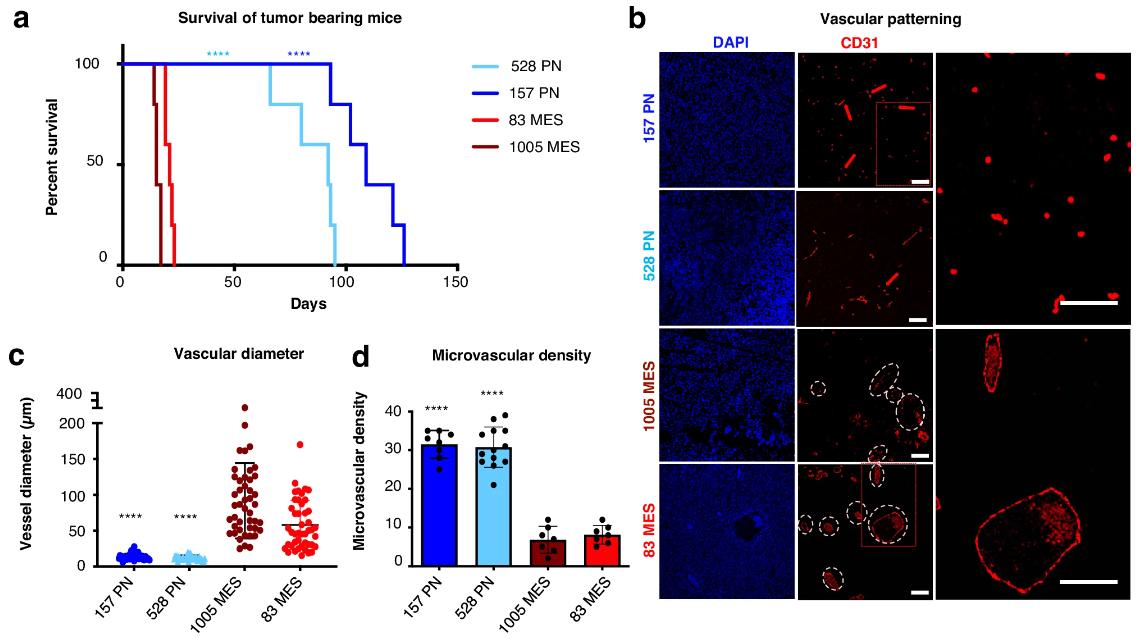
Glioblastoma multiforme (GBM) is the most common and lethal form of primary astrocytic brain tumors and is associated with hypervascularity and heterogeneity. GBM "growth units" consist of glioma stem cells (GSCs), whose transcriptomes range from prothecal cells (PN) to mesenchymal cells (MES), reminiscent of the corresponding GBM subtypes. These characteristics arise from the superposition of differentiation programs and the potential impact of oncogenic mutations.
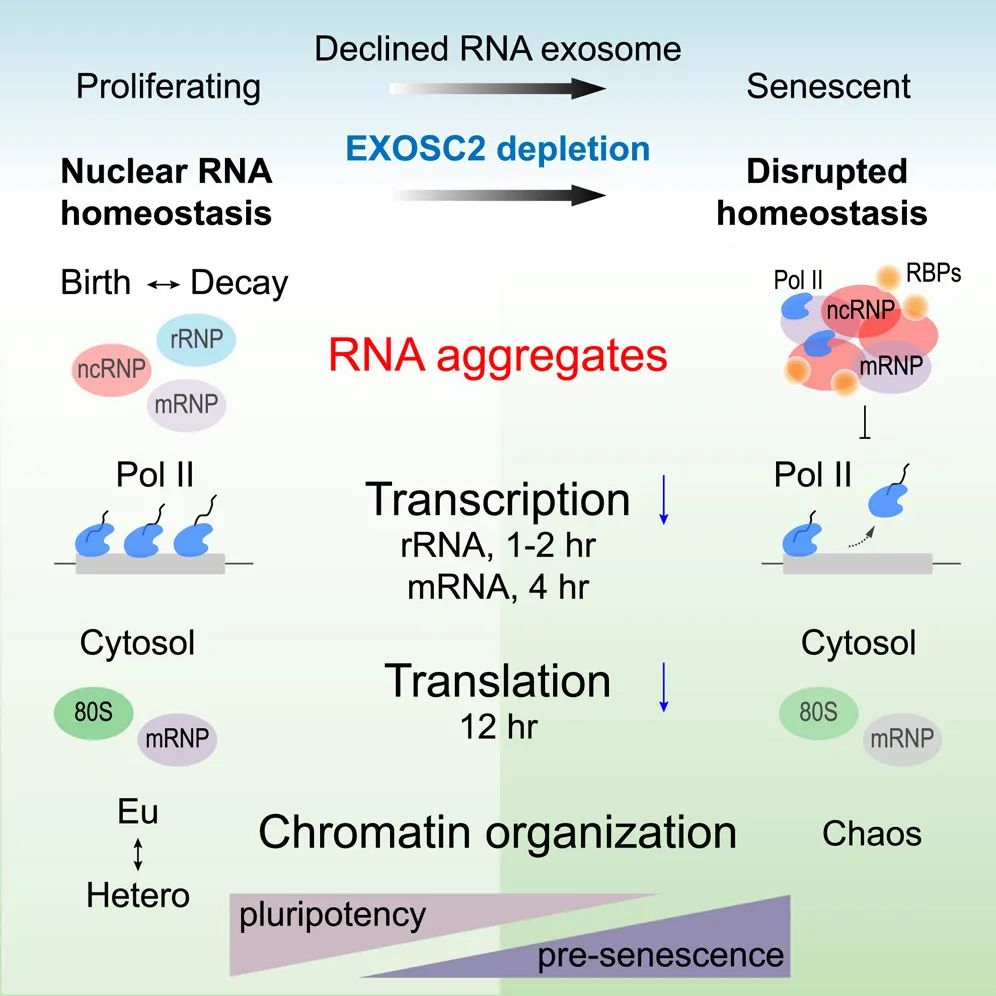
A research team from Tsinghua University School of Medicine in China published a research paper titled "Nuclear RNA homeostasis promotes systems-level coordination of cell fate and senescence" in the journal Cell Stem Cell. This study demonstrates that nuclear RNA homeostasis contributes to the systemic coordination of cell fate and aging. Depletion of RNA exosomes leads to destruction of nuclear RNA, which leads to systemic functional decline, changes in cellular status, and promotes aging.
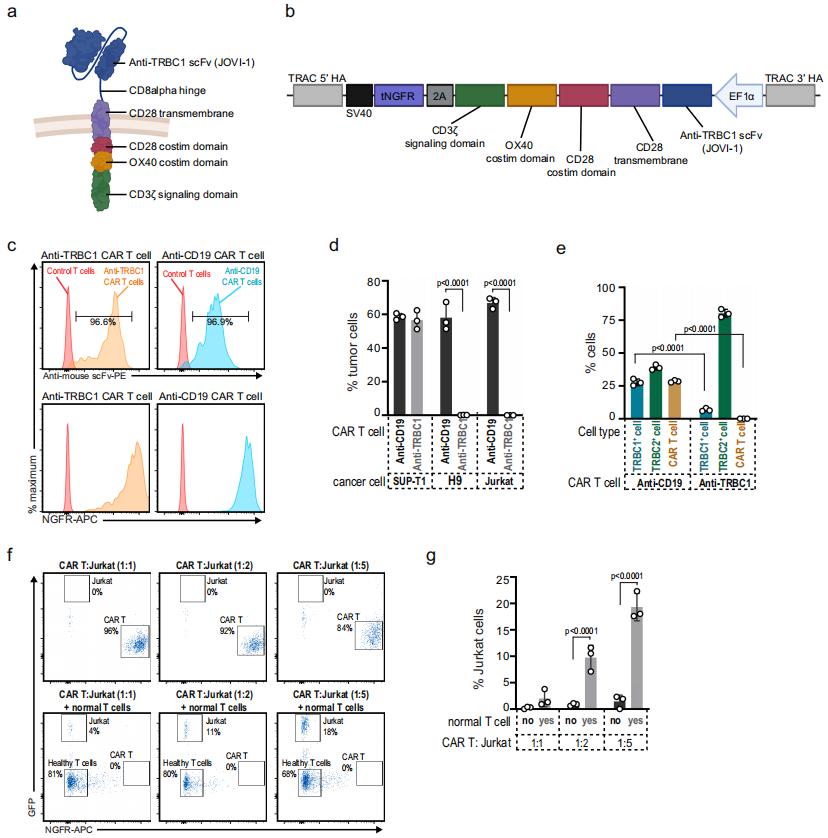
Targeted therapies mediated by antibodies and chimeric antigen receptor (CAR) T cells improve survival in patients with solid tumors and hematological malignancies. Recently, in a research report titled "TRBC1-targeting antibody–drug conjugates for the treatment of T cell cancers" published in the international journal Nature, scientists from Johns Hopkins University School of Medicine and other institutions have developed a new treatment for human leukemia and lymphoma that is expected to effectively kill cancer cells in mice carrying human T-cell tumors.

Understanding the cellular processes that underlie the development of early-stage lung adenocarcinoma (LUAD) is necessary to design interventions. Recently, in a research report titled "An atlas of epithelial cell states and plasticity in lung adenocarcinoma" published in the international magazine Nature, scientists from the University of Texas MD Anderson Cancer Center and other institutions have constructed a new map of lung cells through research. The study reveals new cellular pathways and precursors in the development of lung adenocarcinoma, and related findings may help develop new strategies to detect or block the progression of the disease at an early stage.